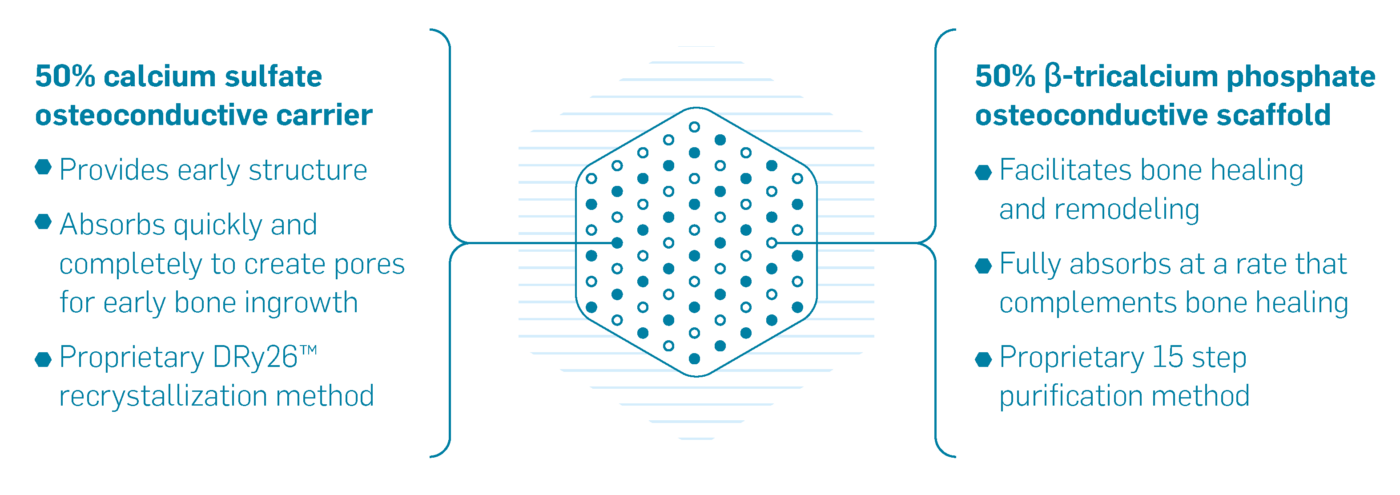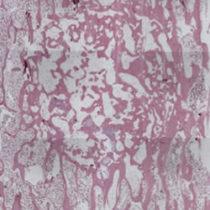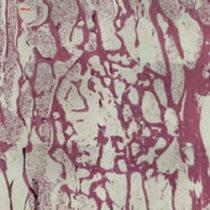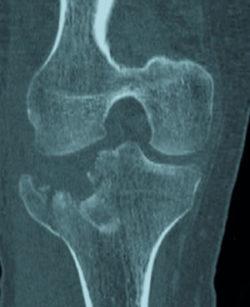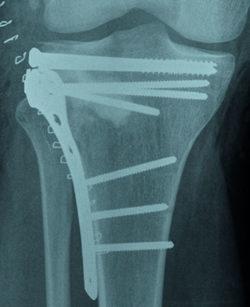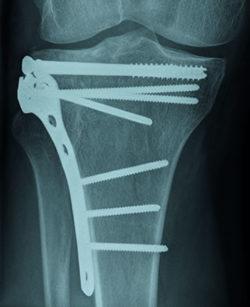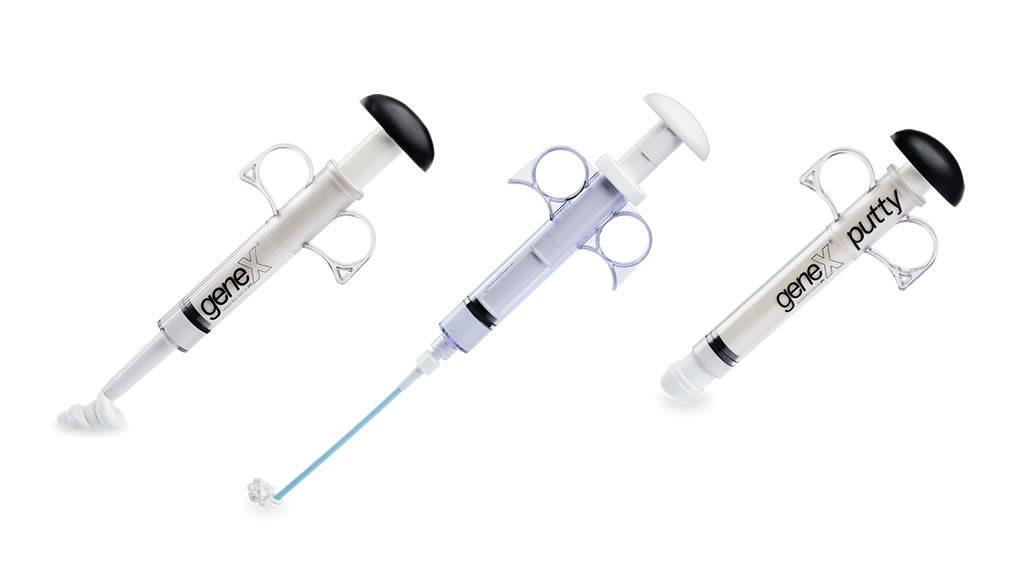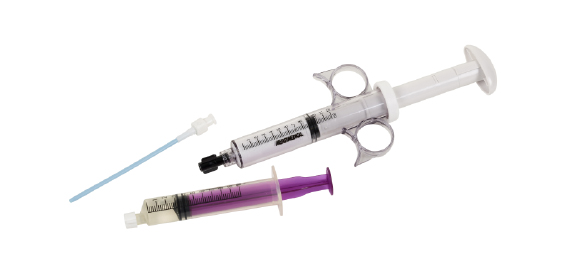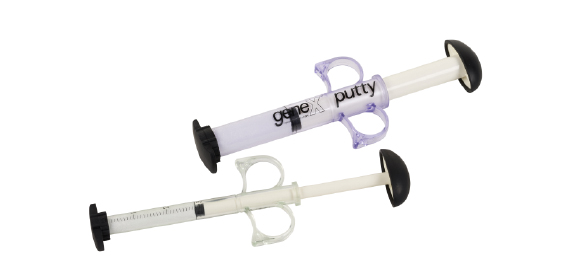References and regulatory statements
1. Yang HL et al. Bone healing response to a synthetic calcium sulfate/β-tricalcium phosphate graft material in a sheep vertebral body defect model. J Biomed Mater Res B Appl Biomater 2012;100B(7):1911–21. 2. Clinical case study: Mr A Nisar and Mr S Gopal; Proximal femur fracture, Data on file. 3. Biocomposites internal testing: Biomaterials Compressive strength; Applicable methodology ISO/DIS 18531:2015(E) Implant for surgery – Calcium phosphate bioceramics – Characterization of hardening bone paste materials. 2015, MA0390R1. 4. Misch CE, Qu Z, Bidez MW. Mechanical properties of trabecular bone in the human mandible: implications for dental implant treatment planning and surgical placement. J Oral Maxillofac Surg. 1999 Jun;57(6):700-6; discussion 706-8. doi: 10.1016/s0278-391(99)90437-8. PMID: 10368096. 5. Dunham CE, Takaki SE, Johnson JA, Dunning CE. Mechanical properties of cancellous bone of the distal humerus. Clin Biomech (Bristol, Avon). 2005 Oct;20(8):834-8. doi: 10.1016/j.clinbiomech.2005.05.014. PMID: 16023773. 6. Biocomposites internal and external testing: genex Bone Graft Substitute technical file: Section 3.1.7 (Rev1) Final product specification, 2022. 7. Clinical case study: Mr HK Sharma; Tibial plateau fracture: Data on file. 8. Clinical case study: Prof JB Richardson; Distal tibia non-union: Data on file. 9. Clinical case study: Mr P Thompson; Single stage revision ACL reconstruction: Data on file. 10. Cooper JJ et al. Enhancing the osteogenic potential of bioabsorbable implants through control of surface charge. Presented at the Society for Biomaterials 2007 Annual Meeting, April, 2007: Chicago, Illinois, USA. 11. J J Cooper, J A Hunt., The Significance of Zeta Potential in Osteogenesis. Poster presented at Society for Biomaterials 2006 Annual Meeting, Pennsylvania, USA. 12. Pina S, Ferreira JMF. Bioresorbable plates and screws for clinical applications: A review. J Healthcare Engineering 2012;3(2):243–60.
For indications, contraindications, warnings and precautions see Instructions for Use.
©2024, Biocomposites, genex, Power to Restore and DRy26 are trademarks/registered trademarks of Biocomposites Ltd. All rights reserved. No unauthorized copying, reproduction, distributing or re-publication is allowed unless prior written permission is granted by the owner, Biocomposites Ltd.
Patents granted: EP 1390086 B1, US 8632796, CN ZL02809194.9, US 8496955
MA0097R3


